Bibi’s balancing act: tactical success v political danger
Whether he accepts the US ceasefire proposal or not, Benjamin Netanyahu will struggle to maintain his current path for much longer.

At the start of 2025, Israel’s position seemed stronger in purely military terms than at any time since the outbreak of war in Gaza in October 2023.
Today the picture is much less positive: international condemnation is rising, Israeli and American objectives are diverging, Israel’s regional enemies are reviving and the Israel Defence Forces are pursuing military objectives on the ground in Gaza that a substantial segment of the Israeli public – along with many in the parliamentary opposition and some IDF members themselves – see as unachievable or counterproductive.
In early 2025 Israel’s military position in the Middle East was stronger than at any time in recent memory. Iran’s regional “axis of resistance”, carefully constructed and nurtured across decades – including Hezbollah in Lebanon, Hamas in Gaza, the Houthi (Ansarallah) movement in Yemen and Bashir al-Assad’s regime in Syria – was in disarray.
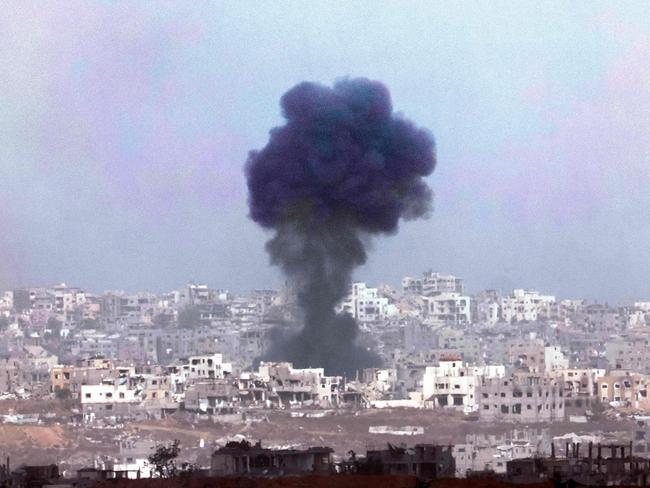
Hezbollah, Iran’s ally to Israel’s north, had been heavily damaged during three months of war in 2024. Its long-time leader, Hassan Nasrallah, had been killed and its senior leadership severely disrupted. Hezbollah’s command-and-control systems were in chaos and its ability to launch rockets into Israel had been curtailed. IDF troops had advanced into south Lebanon, pushing Hezbollah back from the border and seizing key terrain including the summit of Mount Hermon, which dominates the mountainous region where Syria, Lebanon and Israel come together.
Hezbollah’s political position was at its weakest in decades, with Lebanon’s presidency and parliament distancing themselves from the group (and thus also from Hezbollah’s sponsor, Iran).
In Syria, Assad’s government had collapsed in December 2024 when a rebel alliance led by former al-Qa’ida ally Hayat Tahrir al-Sham seized Damascus, ending the Baathist regime that had governed Syria since 1963 and been controlled by the Assad family since 1971. Allied with Russia since the 1960s and with Iran since 1979, the Assad regime had been rescued by Russian airstrikes and Iranian ground intervention – along with brigades of Hezbollah fighters and pro-Iranian Iraqi militias on the ground – in 2015-17.
But by late 2024 Syria’s major allies were distracted. Russia, focused on its war in Ukraine, had no spare combat aircraft to fly airstrikes in support of Assad’s quickly collapsing defence. Iran, likewise, was distracted by its first-direct conflict with Israel: Tehran fired more than 200 missiles into Israeli territory in two attacks during October 2024 and IDF retaliatory airstrikes in turn damaged Iranian air defences.
For its part Hezbollah, facing its own Israeli airstrikes and an IDF ground invasion into southern Lebanon, had no capacity to help, while Assad’s own military and intelligence services were corrupt, exhausted and complacent.
In late November 2024, HTS seized the moment for a lightning advance from its stronghold in Syria’s northern province of Idlib, capturing Damascus in 11 days and the whole country in three weeks.
In response, Israeli forces quickly advanced into Syria from their bases on the Golan Heights, with IDF tanks rapidly reaching a point only 25km from Damascus to create what Israel’s government initially called a temporary buffer zone but has since sought to make permanent. Israeli airstrikes subsequently sank Syria’s navy and knocked out its air force. The military threat from Syria – a constant hazard since Israel’s founding in 1948 – was at its lowest in decades.
Likewise, in Gaza, at the start of 2025 Israel was in its strongest military position since the war began. Under a ceasefire that started on January 19, Hamas released 33 hostages and returned the bodies of eight more to their families, in exchange for Israel’s release of 30 to 50 Palestinian prisoners per hostage. By this time almost every settlement in Gaza had been levelled or extensively damaged, after more than a year of heavy aerial and artillery bombardment and ground attack by tanks, armoured bulldozers, combat engineers and mechanised infantry. Fighting forward house by house, in one of the biggest urban battles anywhere on the planet since Stalingrad in World War II, IDF troops in 2024 sealed Gaza from the outside and bulldozed back to bare earth a 4km-wide strip known as the Netzarim Corridor, running from the Israel-Gaza border to the Mediterranean Sea and bisecting Gaza just south of Gaza City. As the January 2025 ceasefire went into effect, Israel withdrew from the corridor, letting Palestinian civilians cross back into northern Gaza to their former homes.
Hamas fighters went with them and Hamas established a visible presence near the corridor. Israel simultaneously eased restrictions on the movement of food, water, medical supplies and tents into the Gaza Strip.
By this time Israeli troops controlled all entry and exit points around the Gaza Strip and had varying degrees of control over the entire northern two-thirds of the territory, with most Palestinian civilians crowded into tented camps near the southern Gazan city of Rafah, and humanitarian aid entering the Strip only with Israeli approval. Hamas was damaged, though still dangerous.
It had lost thousands of fighters and its leadership group was disrupted, with many senior commanders killed including its overall leader inside Gaza, Yahya Sinwar.
But Hamas still had perhaps 10,000 combatants left, with thousands more in its police and civil administration exercising tight control over the civilian population in Gaza.
Also in January, the Houthis paused their attacks on commercial shipping transiting the Red Sea through the Bab al-Mandab strait.
Since starting their campaign in support of Hamas in November 2023, the Houthis had used drones and missiles to disrupt Red Sea trade, reducing traffic through the Suez Canal and adding 10 days and more than $US1m to the cost of sending a container ship from Europe to Asia. The group (which controls most of northwestern Yemen including the country’s capital and largest city, Sanaa) has proven resilient, maintaining its interdiction of the Bab al-Mandab despite repeated attempts by the US Navy and a European naval task group to disrupt its launch sites and protect civilian ships.
In January, as the Hamas-Israel ceasefire went into effect, the Houthis unilaterally suspended their campaign, vowing to resume it if the ceasefire failed. The final favourable aspect of Israel’s position in January – at least from the standpoint of Israeli Prime Minister Benjamin Netanyahu – was the inauguration of President Donald Trump in the US.
Trump is seen by many Israelis, according to opinion polls, as the most pro-Israel president ever and his presence in the White House from January 20 brought in an administration that was perceived as friendlier to Netanyahu and less likely to restrict the IDF’s use of US-supplied weaponry than the previous administration.
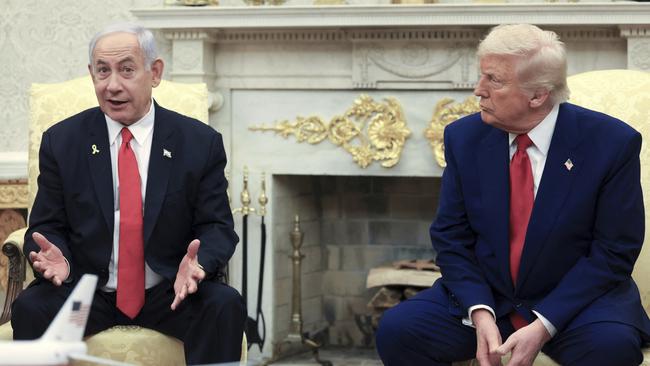
Today’s picture, as the war passes its 600th day this week, looks much less positive, especially in terms of regional military-political dynamics as distinct from strictly tactical issues on the ground.
Trump, through rhetorically more favourable to Israel than his predecessor, Joe Biden, has turned out to be pursuing his own regional agenda in ways that sharply diverge from, and often run counter to, Netanyahu’s interests. More broadly, the President and his senior advisers seem increasingly to draw a distinction between backing Israel and supporting Israel’s current Prime Minister.
In terms of regional policy, Trump is seeking a negotiated nuclear deal with Iran, and in April his administration allegedly refused an Israeli request to support IDF airstrikes against Iranian nuclear sites, forcing Israel to cancel the strikes. Direct nuclear negotiations between Washington and Tehran have since resumed. Despite limited progress so far, Trump is taking an optimistic tone on the talks and seems determined to pursue a diplomatic rather than military solution to Iran’s nuclear program. In this, he is directly contradicting the clear preferences of Netanyahu and of several influential allies in the US congress.
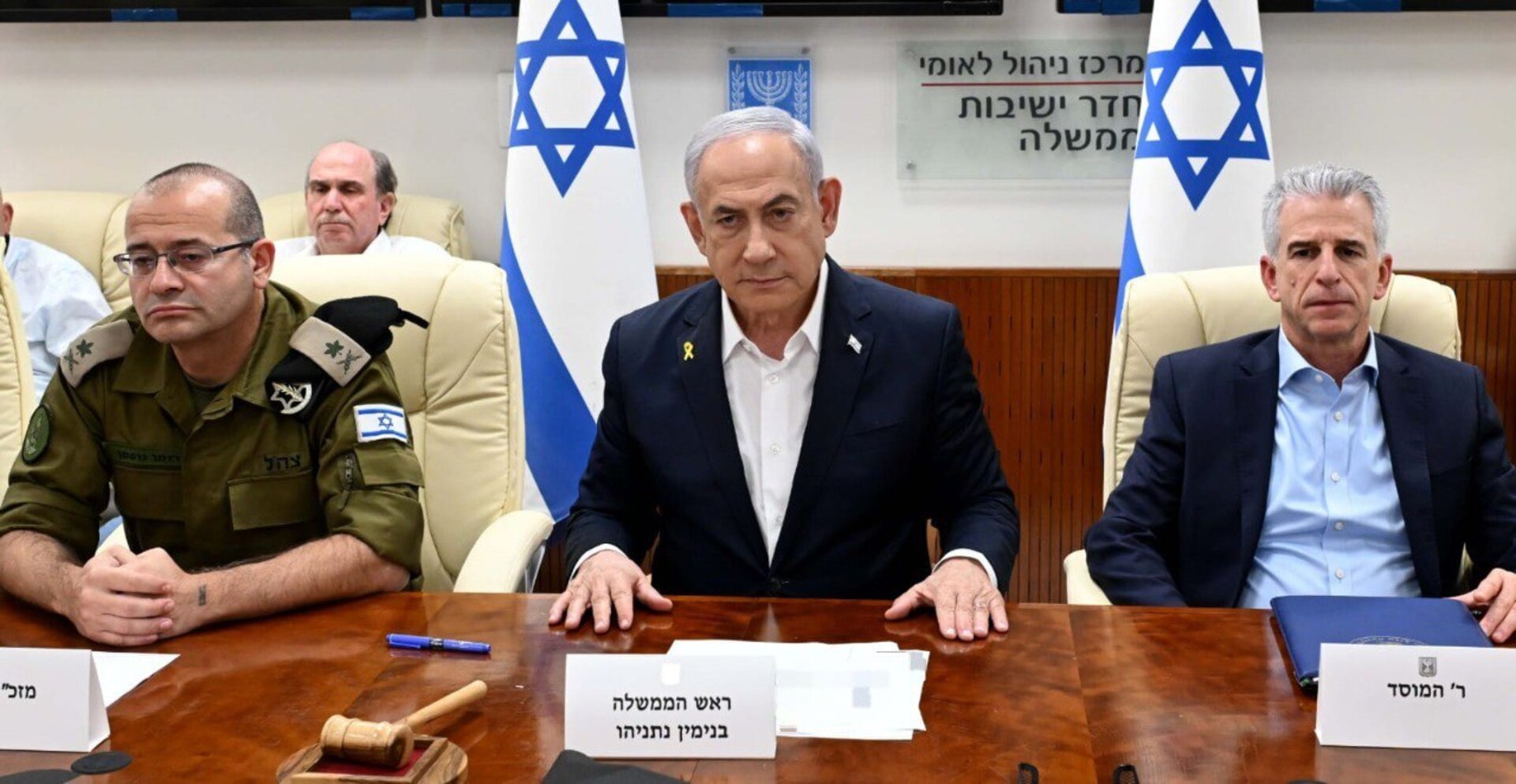
More recently, Trump’s visits to Arab states in May took place without co-ordination with Israel.
During the presidential visit, he announced large economic deals and arms-sales agreements with Saudi Arabia and the United Arab Emirates and accepted the gift of a 747 jumbo jet from Qatar that, despite hosting 10,000 US military personnel at Al Udeid air base, also has the closest relations with Iran of any Arab state.
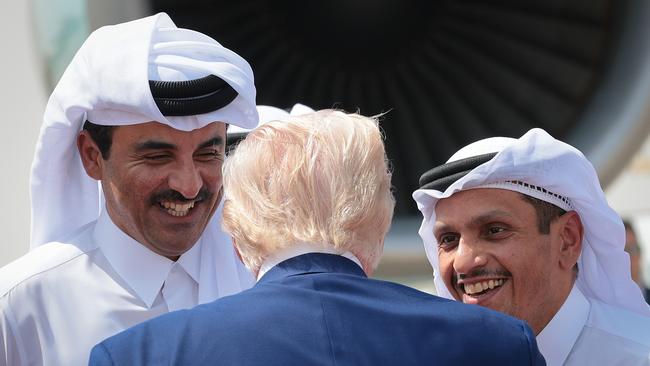
None of these things served Netanyahu’s interest, especially since Trump seems actively to be seeking to reinvigorate the relationships with Saudi Arabia and the Gulf states that were a feature of his first term.
More seriously for Israel, and apparently at the request of Saudi Crown Prince Mohammed bin Salman, during his visit Trump publicly met Ahmad al-Sharaa, Syria’s interim president, in the first meeting between Syrian and American heads of government in a quarter-century. Trump praised Sharaa as a “young, attractive guy. Tough guy. Strong past. Very strong past. Fighter.”
These comments surprised some who know Sharaa’s actual past: under the nom de guerre Abu Mohammed al-Jolani he joined al-Qa’ida and fought US troops in Iraq before becoming head of HTS.
To be sure, Sharaa subsequently fought the Islamic State, renounced his links to al-Qa’ida and governed Idlib in a coalition with other groups, albeit one dominated by HTS.
After meeting and praising Sharaa, Trump subsequently lifted sanctions on Syria and removed Sharaa from the US list of specially designated terrorists, despite a public request from Netanyahu not to lift sanctions or recognise Sharaa’s government.
Trump also has directed the Pentagon to draw up plans for withdrawing all US forces from Syria, with some troops already departing.
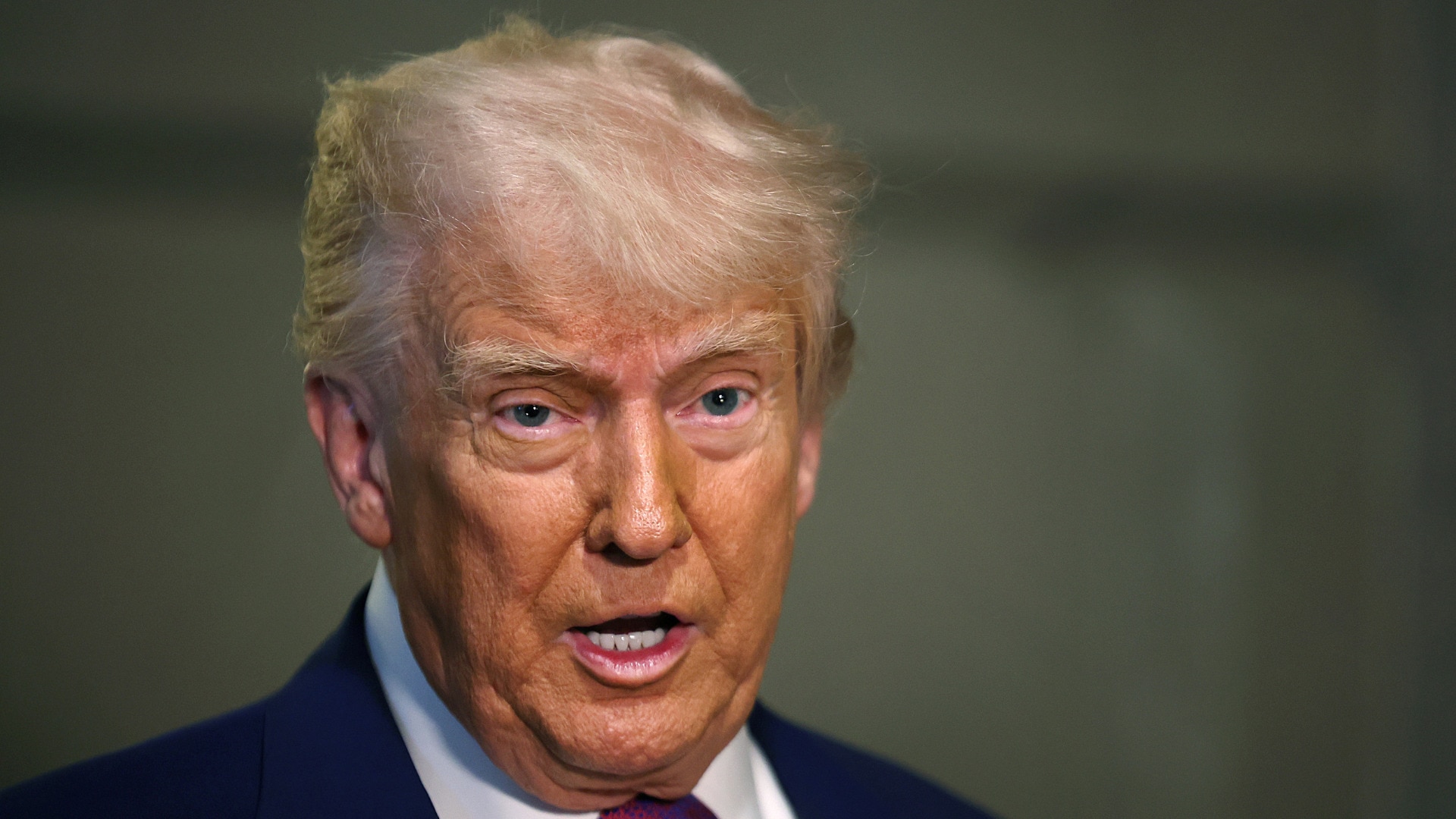
Already on March 18, the ceasefire in Gaza itself had collapsed. IDF ground troops reoccupied the Netzarim Corridor and pushed farther south into the Gaza Strip, while Israel launched an extensive series of airstrikes and Netanyahu announced that Israel had “resumed combat in full force” against Hamas. According to an IDF spokesman, the airstrikes were launched without warning to preserve operational security.
According to the Gaza health ministry – which is controlled by Hamas and does not distinguish combatant from non-combatant deaths – the strikes killed more than 400 people.
Families of hostages remaining in Hamas hands – there are about 58 hostages still held captive out of an initial group of 251 people seized on October 7, 2023, though only about 20 are believed to be alive still – immediately protested against the end of the ceasefire, which effectively removed any possibility of their loved ones being recovered, and questioned the government’s rationale for ending it. At the same time, domestic and international criticism of Israel’s actions increased. Since then, despite growing criticism from the UN, the EU and the Vatican, along with the governments of traditionally Israel-friendly countries such as Britain, France, Belgium, Australia, Canada, Spain, Sweden and Germany, Netanyahu has doubled down on the offensive.
In early May, Netanyahu’s security cabinet approved a plan to expand it into a new offensive dubbed Operation Gideon’s Chariots. The declared aims of the new operation are to completely destroy all Hamas military and civilian governance infrastructure in Gaza, removing its ability to exert any control in the Strip; to take control of the entire territory of the Gaza Strip; and to rescue the remaining hostages. More recently, the IDF has stated a revised goal of controlling 75 per cent of the Gaza Strip within two months.
Netanyahu has stated that the goal of rescuing hostages is secondary to the first two objectives, prompting renewed criticism from hostages’ families and a growing segment of the Israeli public who see the operation’s goals as unachievable or – given increasing international criticism – counterproductive for Israel.
Opposition parties in the Knesset, Israel’s parliament, oppose the expanded offensive, as do several prominent IDF combat veterans of the war, while unconfirmed reports claim that up to half of IDF reservists called up for the offensive have not reported for duty, and recent opinion polls suggest up to 67 per cent of Israelis support ending the war in return for a hostage deal. The EU and Canada also have raised the prospect of targeted sanctions against Israel if the offensive is not halted.
Regional countries also have condemned the offensive and the Houthis have restarted their campaign, launching missiles from Yemen directly against Israel, with several striking Israeli towns including Tel Aviv.
The Houthis now have survived US and European naval efforts since 2023, a massive US bombing campaign in February and retaliatory Israeli airstrikes this week that further widened the war. Nevertheless, they have proven remarkably resilient, remaining unsubdued and very much in the fight as they continue to launch missiles against Israel.
Netanyahu is a famous survivor and none of this is likely to alter his resolve, especially given the high personal stakes for him. Of greater importance, though, Trump now also has called for an end to the war and a hostage deal.
White House spokeswoman Karoline Leavitt said on May 19 that the President “wants to see this conflict in the region end. He wants all hostages to be released.”
This week, after Trump’s call for an end to the war, a deadly riot erupted at a humanitarian aid distribution point in Gaza, with US and Israeli-backed contractors suspending aid delivery and IDF troops opening fire. One person was killed and 48 injured.
Coming after several airstrikes into crowded refugee camps – in which the IDF says Hamas leaders have been hiding, using civilians as human shields – international, particularly American, opposition to Israel’s offensive is an increasingly important strategic risk for Netanyahu. This became even clearer at the end of the week when Trump’s special envoy for the Middle East, Steve Witkoff, put forward a proposal for a 60-day ceasefire with an additional exchange of Israeli hostages and Palestinian prisoners, expanded humanitarian assistance into Gaza, and an option for a more permanent ceasefire.

Embedded in the proposal is a requirement for the IDF to redeploy into the northern Gaza Strip beyond the Netzarim Corridor. In other words, though it carries benefits for Israel from a hostage-release standpoint, the US ceasefire proposal would essentially derail Netanyahu’s ongoing offensive – and rejecting the proposal would run the risk of drawing Trump’s ire while also further alienating international opinion.
We perhaps should not put too much credence in any pronouncement from the famously mercurial Trump, who despite calling for an end to the war remains strongly pro-Israel.
But given his deal-making efforts across the region, his alleged vetoing of Israel’s planned strike on Iran, his lifting of sanctions on Syria and his attempts to negotiate a nuclear deal with Iran, it’s worth considering the possibility that Trump’s transactionalism and pursuit of his own agenda may leave Israel without its most important supporter.
This, plus perhaps the prospect of targeted sanctions, may begin to shift Netanyahu’s calculus as the expanded offensive continues.
More broadly, after a stellar start to 2025 in purely military terms and significant tactical successes since then, growing internal and international opposition, along with the sharply negative turn in regional military-political dynamics for Israel since January, suggest Netanyahu will struggle to maintain his current path for much longer, whether he accepts this week’s US ceasefire proposal or not.
David Kilcullen served in the Australian Army from 1985 to 2007. He was a senior counter-insurgency adviser to General David Petraeus in Iraq in 2007-08, followed by special adviser for counter-insurgency to secretary of state Condoleezza Rice. He is the author of six books, including most recently The Dragons and the Snakes: How the Rest Learned to Fight the West.


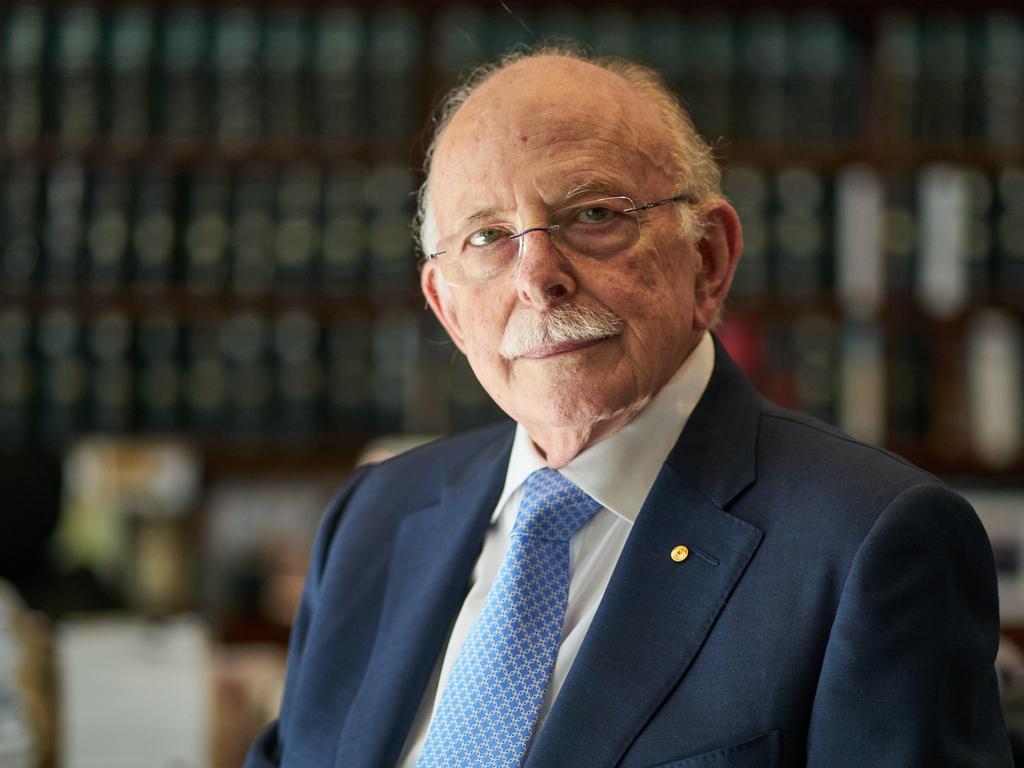
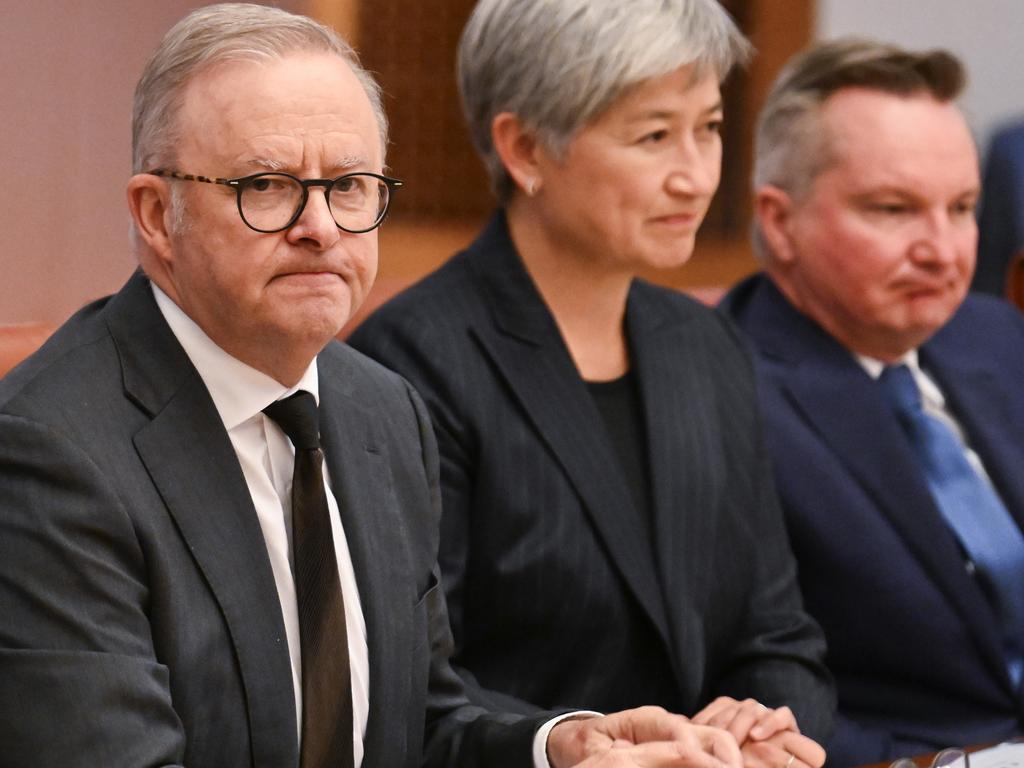
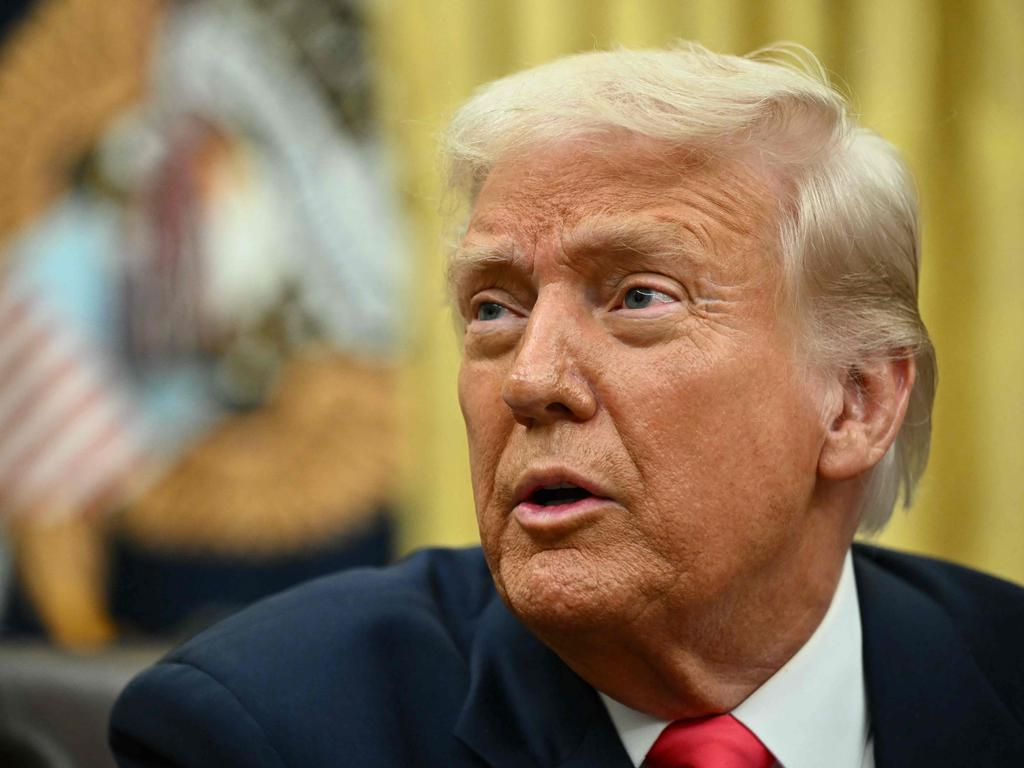
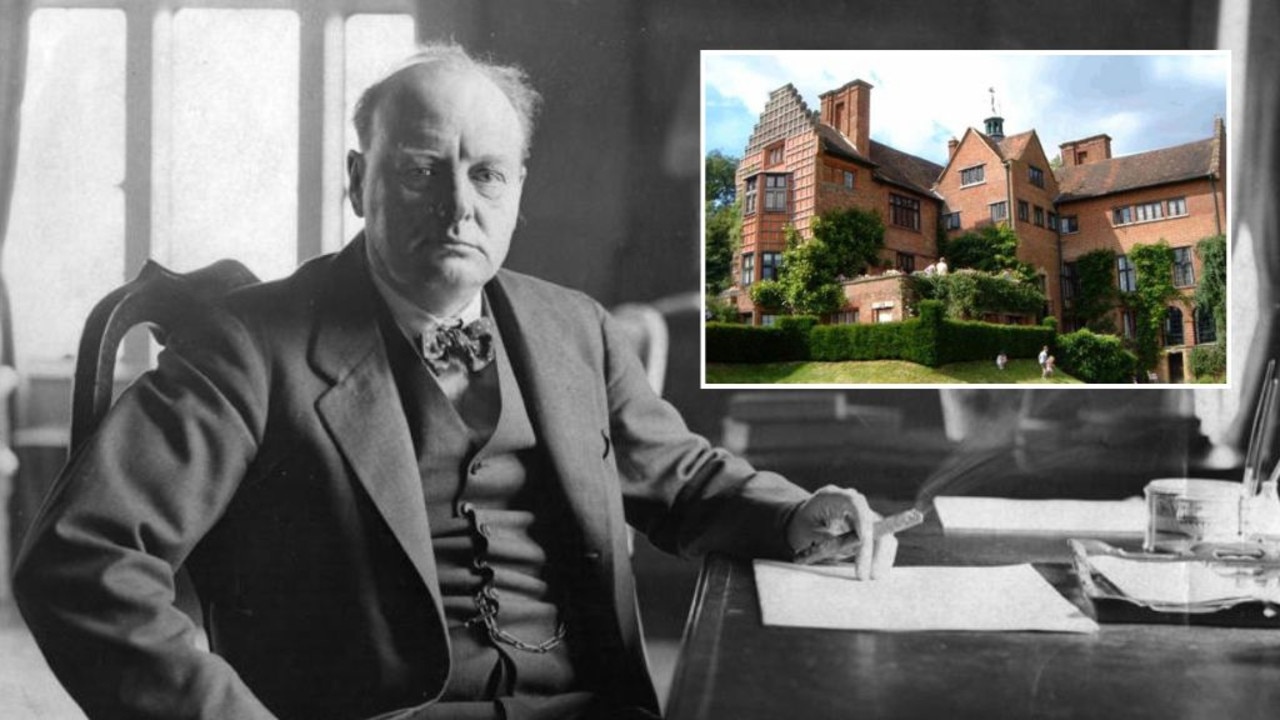
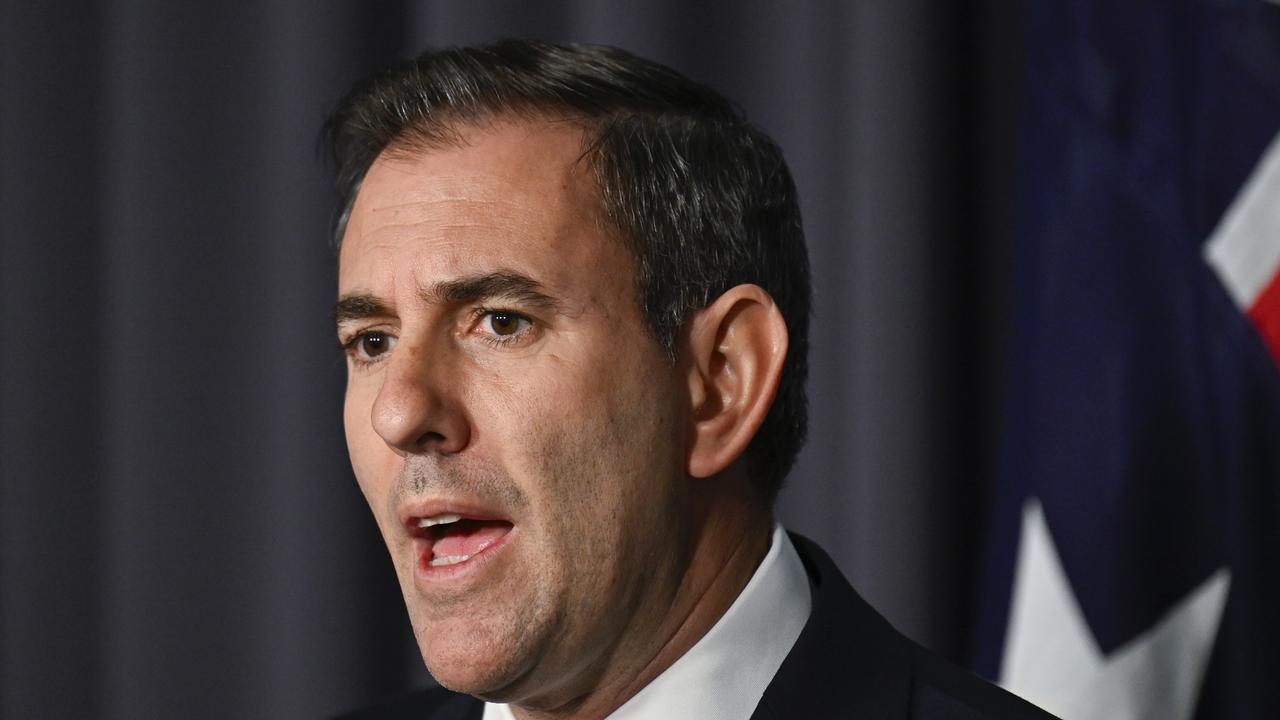
To join the conversation, please log in. Don't have an account? Register
Join the conversation, you are commenting as Logout